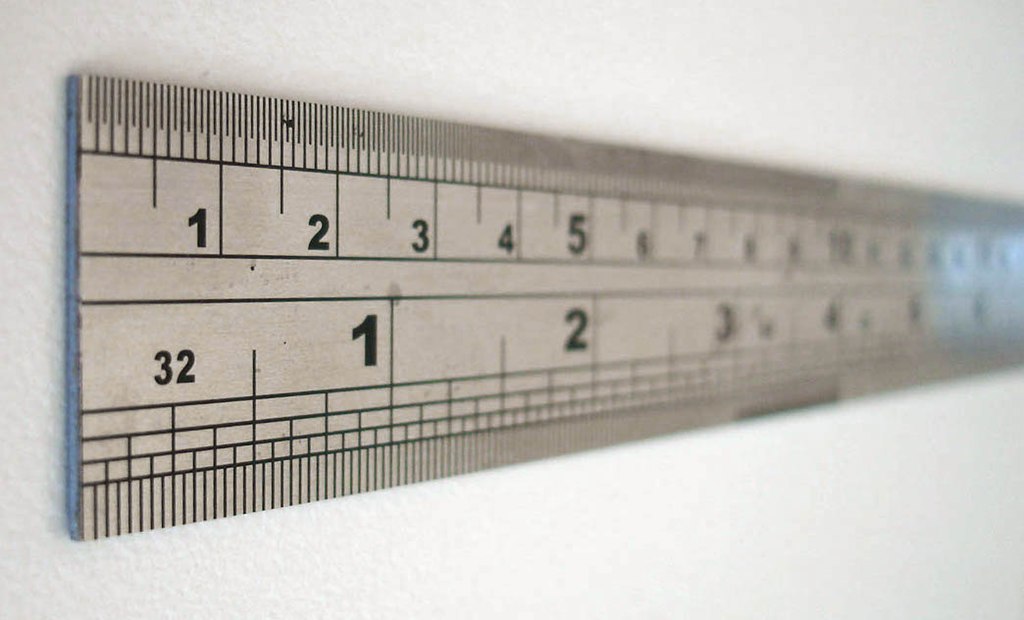It’s a beautiful autumn afternoon, we need to get out of the house, and so our bubble sets off on a bike ride around our local neighbourhood, Cambridge Park. The bikes come out of the garage, and, being really certain we have a front door key, close the garage door again. And off we go. A while later, having been up and down and around just about every street in Cambridge Park, having spotted a hundred teddy bears, ten chalk murals on fences, and witnessed (sadly) more than one driveway drinks party (NO!), we arrive back home, dismount our bikes and unlock the door.
And try to open it. And try to open it. No… this is not a good time to be shut out of your house…And, after a bit of shoving, finally get it to shift. The thing is sticking like crazy.
So, what’s happening? Our aluminium front door pretty-well faces west, and late afternoon in autumn it gets the full blast of the sun as it drops lower in the sky. And it gets really hot. I’d say, given it is almost burning to touch, that the outside panel gets to at least 50 Celsius. That means thermal expansion. Aluminium has an impressive coefficient of thermal expansion, about 0.000 024 /C. That means that for every degree Celsius rise, a sample of aluminium grows by an extra 0.000 024 of its length. That doesn’t sound much, but for a 2 metre high door (or 2000 mm), it means about 0.05 mm growth for every degree Celsius temperature rise. If the temperature of the door rises from say 20 Celsius to 50 Celsius, a 30 degree shift, that means we have about a 1.5 mm lengthening of the door. It’s now hard up against the frame, and it is little wonder it sticks.
But doesn’t the frame expand as well? Well, it would, if it could. But the aluminium joinery is constrained by the wooden and brick framing around it. Brick has a lower thermal expansion coefficient than aluminium, so the ‘size’ of the doorway doesn’t expand as much as the door does. So the frame is somewhat constrained. Instead, there will be some compression stress within the frame, though not enough to damage it.
Sure enough, as the sun goes down, the door cools rapidly and it swings smoothly again, as any good door should. (But next time we take the garage door zapper from the car with us).
P.S. My Physicsstop WordPress dashboard tells me this is post number 800.
